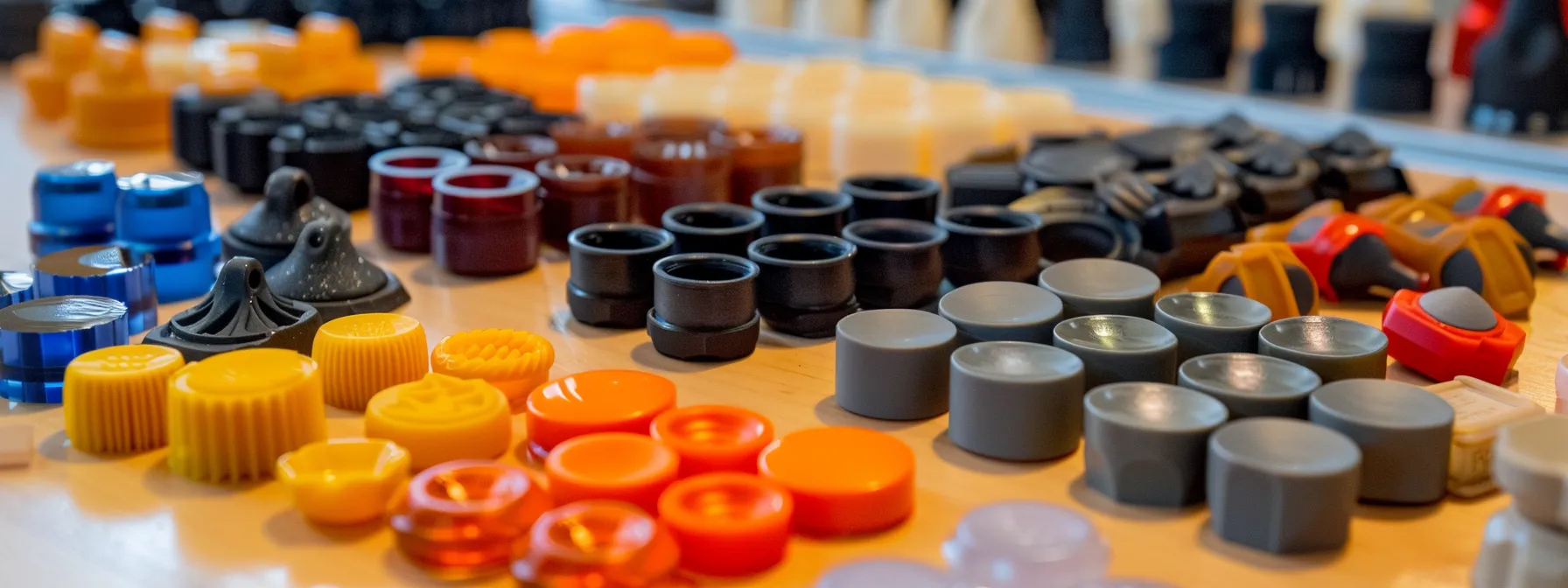Maintaining the integrity of piping systems is a critical concern in various industrial sectors. Cap plugs serve an essential role in this process by offering a simple yet effective solution to protect open pipes from debris, contamination, and damage. As these protective components can significantly extend the lifespan of piping systems, their importance cannot be understated. In this article, we’ll delve into the pivotal roles cap plugs play and why they are indispensable in industrial maintenance.
The Dangers of Unprotected Open Pipes in Industrial Applications
Neglecting to use plastic pipe caps and plugs in piping applications can lead to serious safety risks and operational issues. Exposed pipe ends are prone to accumulating debris, which can cause blockages and contamination—especially problematic in industries like pharmaceuticals and food processing, where purity is crucial. Unprotected pipes are also more susceptible to corrosion, potentially leading to failures, costly repairs, and even safety incidents.
Additionally, the absence of cap plugs increases the risk of workplace injuries due to sharp pipe edges. This not only jeopardizes worker safety but also leads to higher operational costs from cleaning, repairs, or replacements. Investing in plastic pipe caps and plugs is a simple, cost-effective solution to prevent these problems.
Understanding Cap Plugs and Their Role in Pipe Protection
Cap plugs are essential components that seal the ends of pipes and tubes, preventing foreign materials from entering the system. They are crucial for maintaining internal cleanliness and safety during manufacturing and installation. Cap plugs come in various shapes and sizes to fit various pipe diameters and materials. The selection of the correct cap plug is essential for ensuring an adequate seal and preventing costly leaks due to environmental conditions.
Cap plugs also maintain pressure integrity during transport and storage, preventing costly leaks. Factors such as material compatibility, temperature resistance, and mechanical stresses must be considered when selecting cap plugs to ensure a secure fit and performance throughout their life span. Cap plugs play a vital role in maintaining the integrity of closed systems and ensuring efficient operation.
Installation and Removal Best Practices for Cap Plugs
Cap plug installation should follow a standardized process, ensuring an optimal seal. Inspect both the plug and pipe end for damage or debris. The plug should fit snugly without excessive force. Plastic cap plugs should be installed at a temperature close to working conditions to prevent issues over time. Metal cap plugs may require lubricant for ease of installation and galling.
Removing cap plugs requires careful attention, with tools not damaging the pipe surface. Heat or special removal tools may be needed if temperature fluctuations cause the plug to become more firmly seated. Proper training in handling, installation, and removal techniques is crucial for avoiding contaminants and extending the life cycle of the cap plug and piping system.
Material Choices for Cap Plugs: Ensuring the Right Fit and Seal

Cap plugs are made from various materials, each offering unique advantages depending on the application. Plastic is lightweight, cost-effective, and resistant to various chemicals, while metal is chosen for strength and durability in high-pressure or extreme temperatures. Rubber or silicone are ideal for extreme temperatures due to thermal resistance and flexibility.
Manufacturers design cap plugs for specific industrial applications, such as hygienic design in medical or food and beverage industries. Understanding the physical and chemical stresses of cap plugs is crucial for informed decisions, as failure can lead to seal failures, compromising the entire piping system.
Cost-Benefit Analysis of Using Cap Plugs in Maintenance Programs
Cap plugs are a strategic choice in regular maintenance protocols, balancing cost and benefit. Their minimal expense is far outweighed by the costs associated with downtime, repairs, and replacements of unprotected piping systems. This forward-thinking approach is cost-effective over the long term, decreasing the likelihood of emergency maintenance and preserving the bottom line. The indirect benefits of preventing environmental contaminants extend beyond pipes to the overall operating conditions, encompassing the well-being of personnel and equipment.
Operational efficiency is enhanced when cap plugs are a standard part of the maintenance routine, ensuring predictable and scheduled maintenance. The investment in high-quality cap plugs serves as insurance against preventable issues, complementing a proactive maintenance culture that prioritizes equipment preservation, worker safety, and operational sustainability.
Altogether, the implications of using cap plugs in industrial applications are clear. By prioritizing the protection of pipe systems through these small but critical components, companies can reap considerable benefits in terms of safety, efficiency, and cost savings. Cap plugs should be recognized not just as an accessory, but as an integral part of piping system maintenance and care.

